
How to fit a bit to a horse?
When looking for the perfect bit for your horse, remember that it is not only type, shape or materials that will affect the quality of contact. The first very important step in selecting a bit is to have a vet check the horse's teeth and general condition of the inside of the horse's mouth. Then make sure that the bit you have chosen is the right size and that the cheek pieces are adjusted correctly so that there will be no discomfort. Without following these "checkpoints", you may lose the opportunity to achieve the desired quality of communication with your horse.
More rideability means more sensitivity
In recent years, horse breeding has increasingly focused on horses that are rideable, i.e. cooperative with sensitive ("soft") mouths. Riders prefer such mounts because working with them is more pleasant and requires less physical effort. However, increased sensitivity has its disadvantages. Sensitive horses often have a problem with accepting hard metal bits because they can be uncomfortable for them. Observing the growing popularity of horses with soft mouths, we have created Gel Bits that are very durable yet willingly accepted by most horses, including the more and the less sensitive amongst them.
The inside of the mouth and the most common dental problems
A properly adjusted bit should rest on the toothless edge of the mandible so that it does not hit the sensitive teeth. In addition, the thickness of the tongue allows for distribution, therefore softening the direct action of the bit. The bar, or toothless part of the mandible, is covered only with a thin layer of skin, under which there is a densely vascularised and innervated periosteum. For this reason, more sensitive horses will be reluctant to accept hard metal bits, and these problems will get worse in the winter if the rider forgets to warm the bit before putting it in the horse's mouth. Using a Gel Bit eliminates both of these problems. Our bits fit softly in the mouth and are insensitive to temperature changes.
A - Canine Tooth
B - Rear Molars
C - Front Incisor Teeth
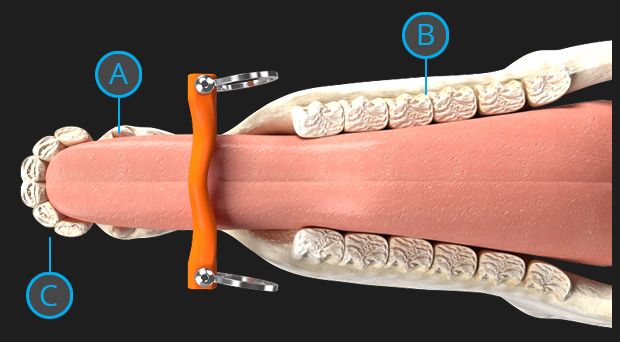
Many significant problems with contact result from dental problems. Due to their specific structure, the horse's teeth should be examined and floated by a veterinarian regularly, at least every six months. Unnoticed dental problems can lead to decreased cooperation with the rider or even to behavioural problems during riding. The most common issues are:
Wolf teeth – These are vestigial teeth that occur in approximately 50% of horses. Wolf teeth are small teeth most often found in the upper jaw. Their presence makes proper contact quite difficult because pressure from the bit will cause pain.
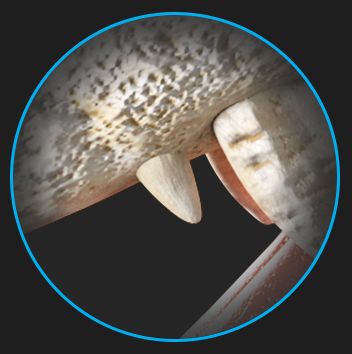
Wolf teeth
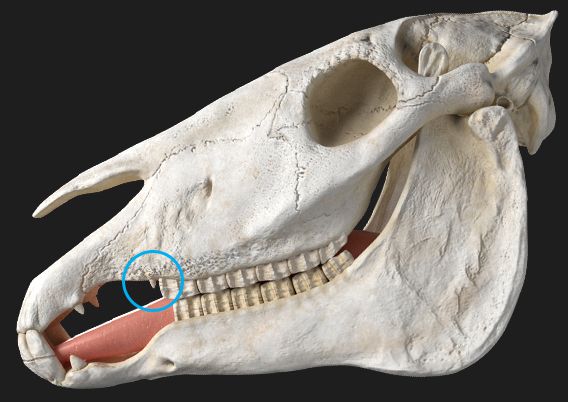
Sharp teeth – A horse's lower jaw (mandible) is narrower than its upper jaw (maxilla), so the teeth wear down unevenly through chewing. The lower teeth develop sharp inner edges whilst upper teeth develop sharp outer edges. This can lead to painful injuries to the tongue and cheeks, discouraging the horse from accepting the bit.
Cross section of the mouth at the molars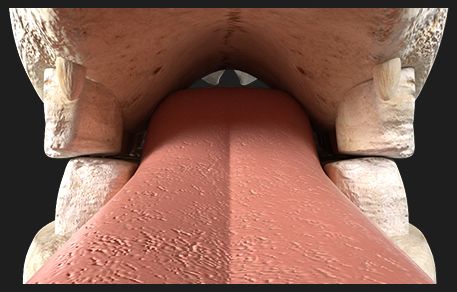
Corrected teeth
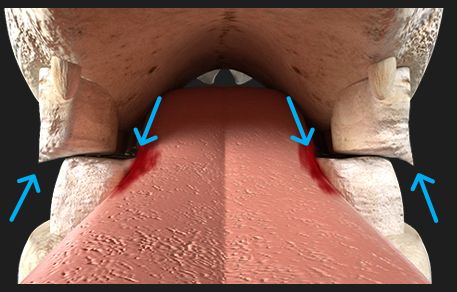
Sharp teeth
Malocclusion – This causes faster and more uneven tooth wear, leading to great discomfort.
The perfect bit is within reach
It is the responsibility of every rider to check the horse's teeth regularly and ensure that there are no injuries to the mouth. Only after veterinary examination can we proceed to finding the right bit. When adjusted correctly, it should rest on the toothless part of the mandible so that the corners of the mouth are slightly wrinkled. Another important criterion for choosing a mouthpiece is its length. As a rule, it should be 0.5 cm / 0.2” longer than the width of the mouth from the outer edges of the lips. When in doubt about which size you should choose, take a look at the bit you're already using. If it's the right length for your horse, measure it and choose the same size or similar. This stage is extremely important because your horse's future cooperation depends on your choosing the correct bit length.
However, remember that no two horses are built the same!
When we asked riders how they adjust the length of the cheek pieces so that the bit lies correctly, most responded that "two wrinkles" should appear at the corners of the mouth. However, this well-known rule is not very precise. Each horse's mouth is built differently, and this adjustment will not be comfortable for every horse. We support effective and proven methods over "more or less" solutions. ;) Below are a few simple pointers, which, followed step by step, will help you correctly adjust the length of your cheek pieces. How to fit a horse bit?
1. Make sure that you are holding the bridle so that the Winderen logo is visible on the left side.
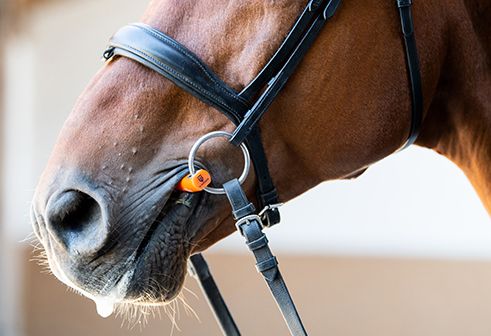
2. Before putting the bridle on, loosen the cheek pieces by two holes on each side. The bit should sit lower than the one you used previously.
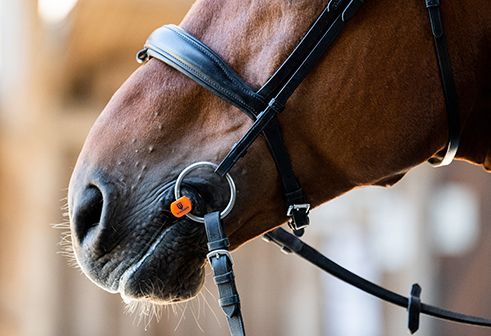
3. After putting on the bridle, the bit should look "too low", with no wrinkles forming at the corners of the mouth. When you pull the rings back, simulating the use of the reins, the cheek pieces should bulge outward and the rings shouldn't rest on them.
4. Then adjust both cheek pieces, hole by hole on each side, and repeat simulating contact.
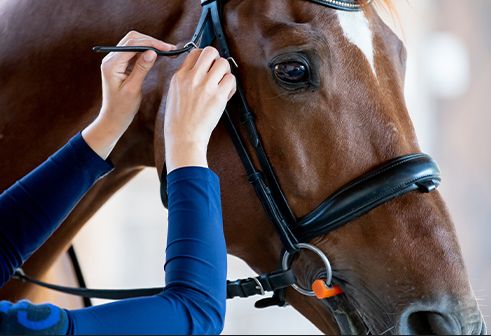
5. The bit is in the right position when you simulate contact and the cheek pieces don’t bulge outward and the rings rest on them constantly.
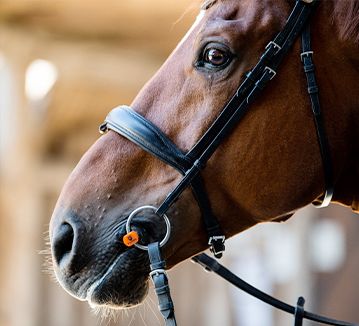
TOO LOOSE
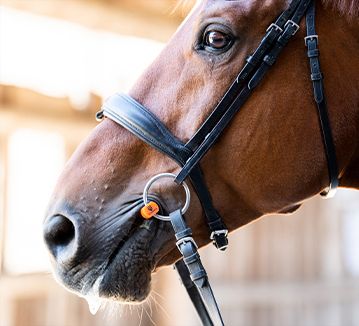
GOOD
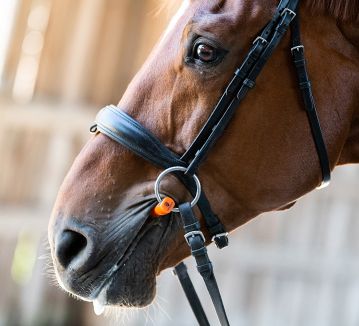
TOO TIGHT
When adjusting a bit that has an upper, smaller ring for attaching cheek pieces, for example, a 3-ring or Pelham, all of the above rules apply. Always use the main, largest ring to test if the bit is correctly positioned. Attach the reins to it so that you can easily and effectively check the position of the bit at every stage of adjusting the cheek pieces.
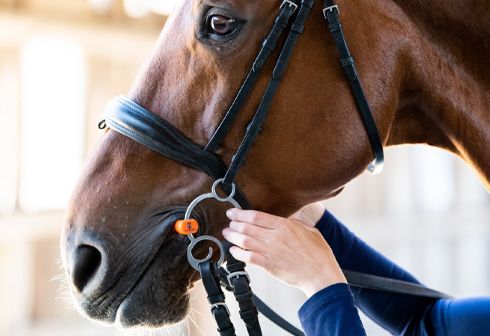
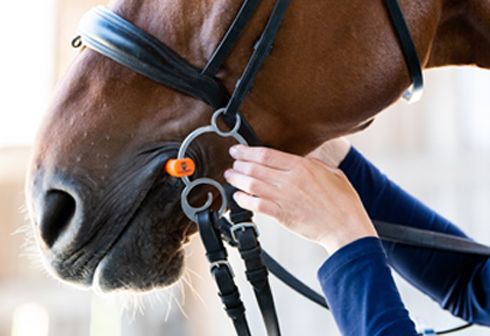
If you choose a bit with a curb chain, it must also be adjusted for length:
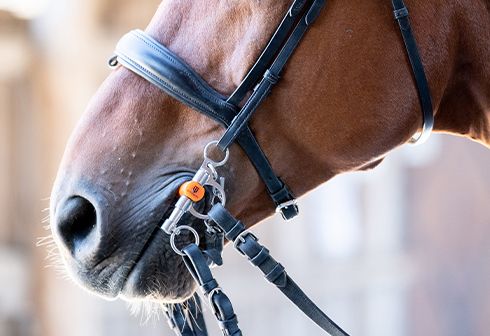
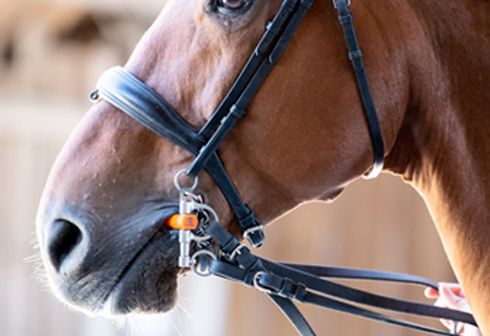
These types of bits have a strong effect because the curb chain enhances and controls the lever action of the bit. We often encounter situations where a horse reacts correctly but too abruptly. You can soften the action of the bit by adding a soft, comfortable curb chain cover. Another option is to replace the curb chain with a strap. A more flexible strap will definitely soften the action of the bit.
Allow for proper contact and have fun!
Remember that these are only guidelines. The quality of contact is affected by many factors: the horse's skill level, the rider's skills, and the type of training. These are elements that undergo constant development. However, don't forget that the equipment you use also matters. Take the time to find the perfect bit for your horse, and you may find that your horse "magically" knows more than you thought :) Horses have their own individual preferences and listening to them closely can bring unexpected results. Don't be afraid to experiment! Whilst working on our Gel Bits, our team often saw how a change of bit improved rideability, elasticity and even quality of the jump. When we tested our Gel Bits on our friends' horses they showed less nervousness, as the bit allows the rider to stay in control and provides for a more enjoyable experience overall.
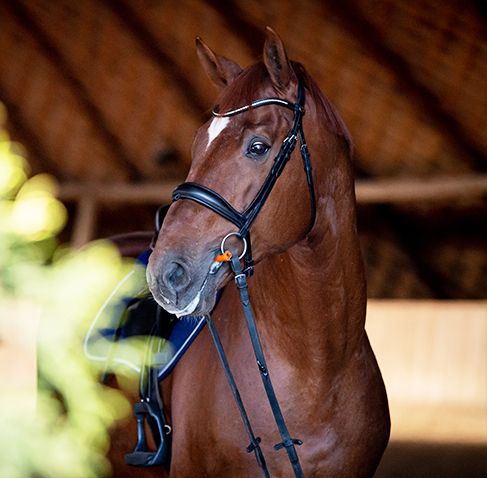
Knowledge Zone
-
What bit will be the best for your horse?
Properly selected bit is the key to correct, soft and flexible communication with the horse. Choice of “the one" is often difficult for riders at all levels, because matching an eager accepted mouthpiece depends on many different factors...
Read more -
Which saddle half pad will be the best for your horse?
All of our Winderen saddle half pads have got many common features, but each of the three available versions has a slightly different use. The most suitable choice for your horse should be guided, by taking into consideration how you have selected the saddle of your horse.
Read more